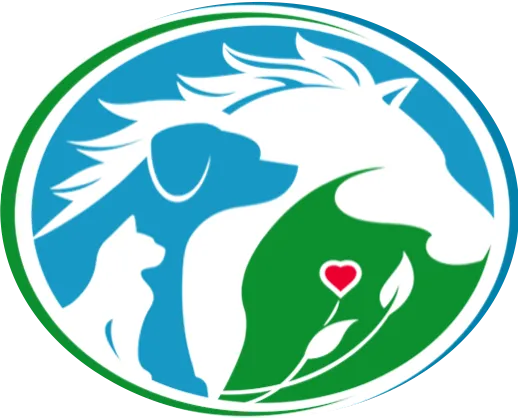Cats, Dogs, Horses, Small Pets, Birds, Poultry & Reptile
(How to Use with Fish is below)
read our testimonials & articles about
Avian Harmony and Well-being
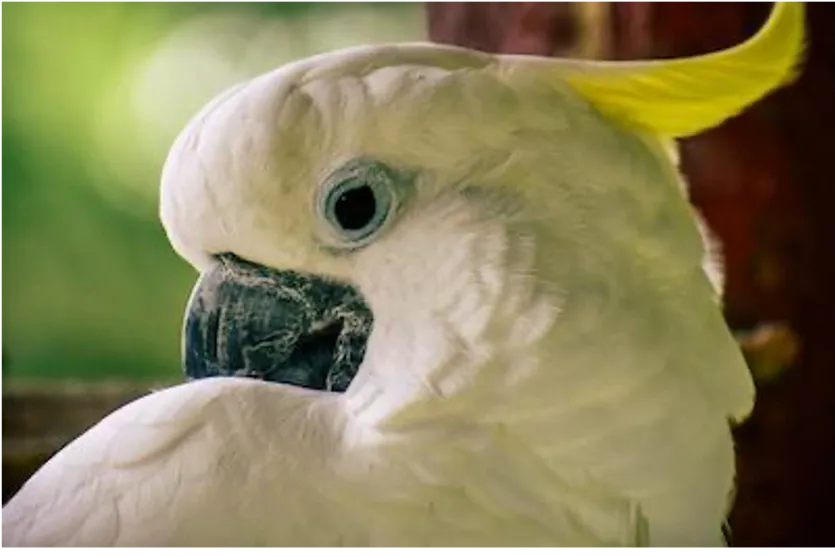
Where Not to Pet a Bird
Respecting Their Boundaries
Pet birds are fascinating companions with unique personalities, but they also have specific preferences and sensitivities when it comes to physical interaction. While many bird owners enjoy bonding moments through petting, it’s crucial to understand where birds prefer not to be touched and how to respect their boundaries. Knowing what makes your bird comfortable is essential for building trust and a strong relationship.
Why Birds Have Petting Preferences
Birds are prey animals by nature, and their instincts shape their comfort levels with touch. Certain areas of a bird's body are more sensitive than others, and improper handling can lead to stress or even behavioral problems. Respecting their personal space helps reinforce trust and ensures they feel safe in your presence.
Areas To Avoid When Petting Birds
Under the Wings
Many birds dislike being touched under their wings because this area is incredibly sensitive. Touching here may feel threatening, as predators often attack from below.
Tail Feathers
Birds rely on their tail feathers for balance and steering while flying. Touching or tugging at their tail can be uncomfortable or alarming.
Lower Back
Stroking the lower back can stimulate hormonal behaviors in birds, particularly during breeding seasons. This might lead to frustration or undesirable actions, such as aggression or excessive vocalization.
Beak and Nostrils
While some birds might tolerate light touches on their beak, most dislike having their nostrils touched. This area is crucial for their breathing and is best left undisturbed.
Feet and Legs
Birds’ feet and legs are delicate, and touching them can feel intrusive. Avoid grabbing or handling their feet unless absolutely necessary, like during grooming or health checks.
How to Pet a Bird Properly
Stick to the Head and Neck
Most birds enjoy being petted on their head and neck. These areas mimic natural preening behaviors they would experience with their flockmates.
Go Slow
Use gentle, slow movements when approaching your bird. Sudden or rough gestures can startle them.
Pay Attention to Body Language
Watch for signs of discomfort, such as fluffed feathers, hissing, or turning away. These cues indicate your bird wants to be left alone.
Respect Their Mood
Birds have moods just like humans. If your bird doesn’t want to be touched, respect their wishes and try again later.
Other Things Birds Don't Like
Loud Noises
Sudden, loud sounds can frighten birds, causing them to flap around their cage or become stressed. Keep their environment calm and quiet.
Strong Scents
Birds have sensitive respiratory systems and are intolerant of strong odors like perfumes, air fresheners, or cleaning chemicals.
Bright or Flashing Lights
Birds are sensitive to changes in light. Flash photography or strobe lights can be disorienting or frightening for them.
Overcrowded Cages
Birds need space to stretch, play, and explore. A cramped cage can lead to boredom, stress, and even physical health issues.
Neglecting Social Interaction
Birds are highly social creatures and need regular interaction with their human companions. Ignoring them can lead to loneliness and depression.
Building a Positive Relationship
To ensure a happy and healthy relationship with your bird, create an environment where they feel safe and loved.
Provide Enrichment
Offer toys, puzzles, and perches to keep them mentally and physically stimulated. Rotate toys regularly to prevent boredom.
Establish Routine
Birds thrive on routine. Feed, clean, and interact with them at consistent times to create a sense of security.
Reward Positive Behavior
Use treats and praise to reinforce good behaviors, such as stepping onto your hand or staying calm during grooming.
Avoid Punishment
Never yell at or hit your bird. Negative reinforcement can damage trust and lead to fear-based behaviors.
Understanding Individual Preferences
Every bird is unique, and their preferences may vary widely based on their species, personality, and past experiences. Spend time observing your bird to learn what they enjoy and dislike, paying attention to their body language and reactions. For example, a bird that fluffs its feathers and leans into your hand is likely enjoying the interaction, while one that moves away or hisses needs more space. Building trust takes time, especially if your bird has had negative experiences in the past. Some birds may eventually tolerate touch in areas they initially disliked, but this requires patience, consistent positive interactions, and an understanding of their boundaries. Be gentle, respectful, and allow your bird to set the pace for physical contact. Over time, your bird's comfort with you will grow, strengthening your bond.
Conclusion
Building a bond with your bird requires understanding their boundaries and respecting their preferences. Avoiding sensitive areas like under the wings or lower back, and being mindful of other dislikes, ensures a happier and more trusting relationship. By providing a safe, enriched environment and paying attention to their needs, you’ll create a strong, lasting connection with your feathered friend for many, many years to come.
Calm Animal Solutions is bringing gentle, natural calming support to animals everywhere —
because we believe every animal deserves to feel safe, known, and supported.
A Trained Animal Communicator Connects with Your Pet
With every order, a trained animal communicator connects with your pet to choose the right blend of flower essences
(e.g. Bach Flower Essences) for calming their anxiety. Custom blended flower essences are natural pet calming products.



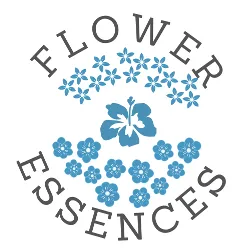
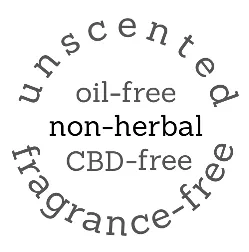
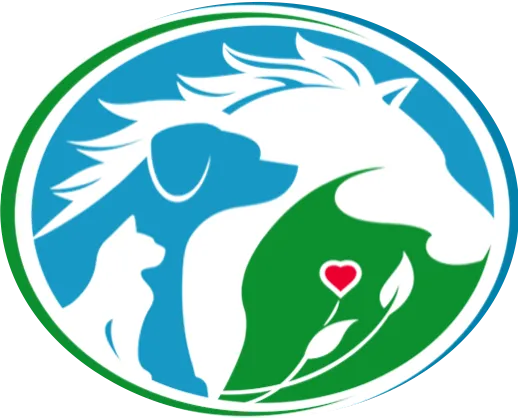
Calm Animal Solutions
Calm Animal Solutions offers customized, natural remedies for dog anxiety, and are calming for cats. Plus, we create blends for horses, small animal pets, birds, poultry, reptiles, and fish.
Flower Blends
CustomBlends4U
©2025, Catherine Winfree. All rights reserved.
Mandatory FDA Notice: The statements made regarding Calm Animal Solutions have not been evaluated by the Food and Drug Administration. These products are not intended to diagnose, treat, cure, or prevent any animal disease. Although the ingredients in Calm Animal Solutions are generally regarded as safe, you are encouraged to consult your veterinary before using any essence product (such as Bach Flower Essences, for example).
Bringing gentle, natural calming support to animals everywhere —
because every animal deserves to feel safe, known, and supported.
A Trained Animal Communicator Connects with Your Pet
With every order, a trained animal communicator connects with your pet to choose the right blend of flower essences (e.g. Bach Flower Essences) for calming their anxiety. Custom blended flower essences are natural pet calming products.





Mandatory FDA Notice: The statements made regarding Calm Animal Solutions have not been evaluated by the Food and Drug Administration. These products are not intended to diagnose, treat, cure, or prevent any animal disease. Although the ingredients in Calm Animal Solutions are generally regarded as safe, you are encouraged to consult your veterinary before using any essence product.

Home | Contact | Terms | Privacy Policy | About Catherine
©2025, Catherine Winfree. All rights reserved.
